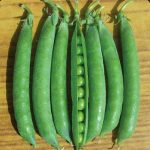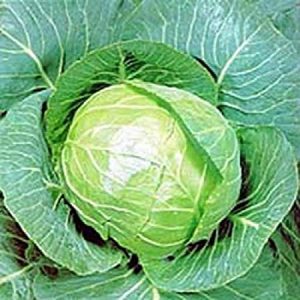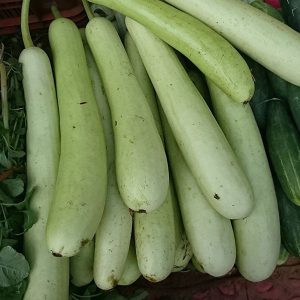About Capsicum White
Bell peppers are one of the most popular vegetables grown in home gardens. The bell pepper is native to Central and North America and is easy to grow. There is now a much wider variety of peppers to choose from with different colours and even different shapes.
Peppers are a tender, warm-season crop. They resist most pests and offer something for everyone: spicy, sweet or hot, shapes and sizes.





